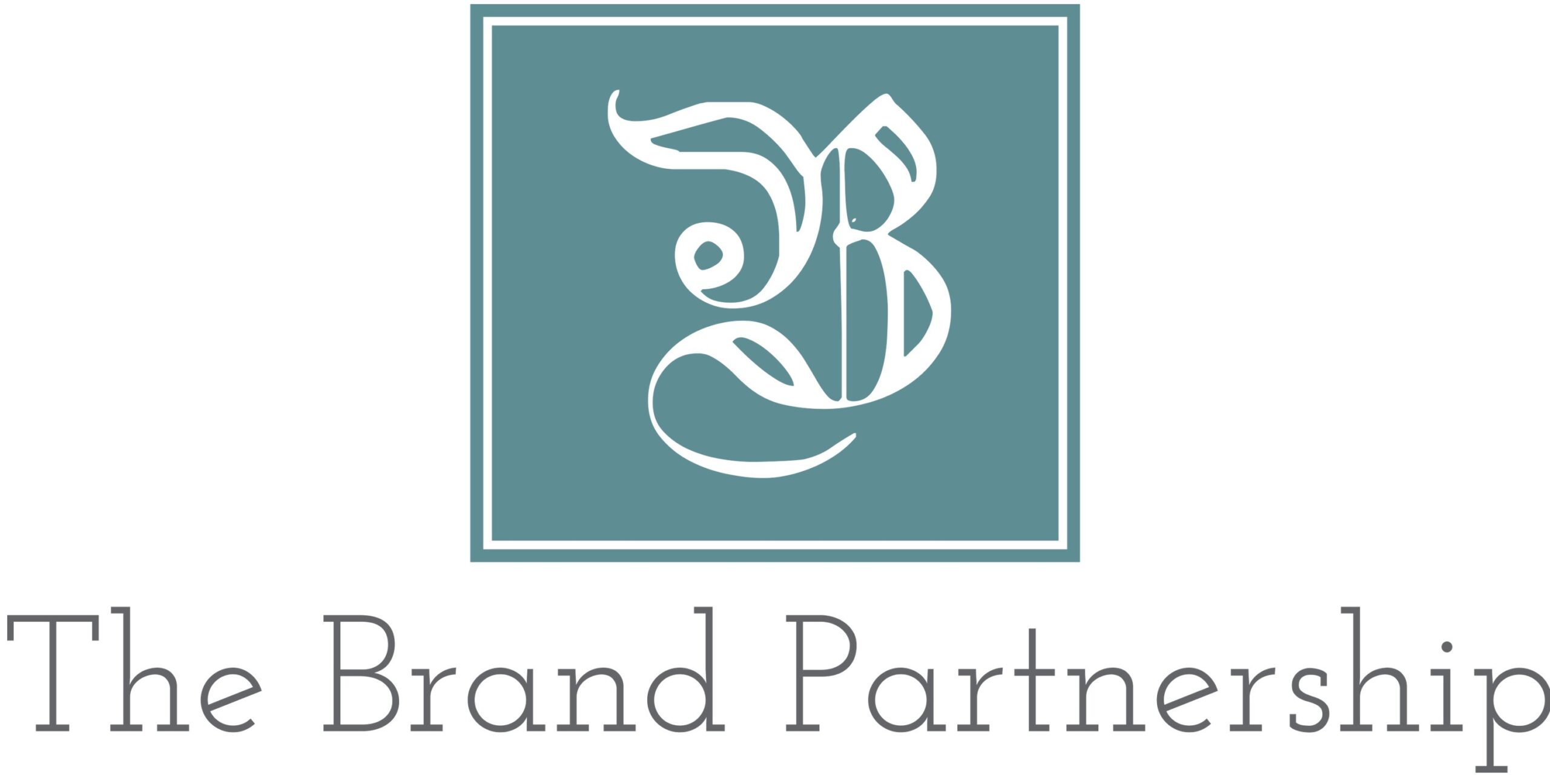
Tips for Improving Your ESG Communications Efforts
As more stakeholders want to know how a business performs in the areas of environmental, social and governance (often referred to as ESG), more companies are beginning to get sophisticated about their ESG policies, efforts, measurement and reporting. For those starting their ESG journey and those already underway, conducting an ESG audit is a smart way to see where a company is relative to its peers and today’s standards.
In short, ESG is a framework for assessing risks to a company’s operations and reputation related to environmental, social and governance issues. An ESG audit will substantiate the accuracy of any ESG-related data your organization collects and discloses to employees, shareholders, regulatory entities, and other stakeholders, as well as help the organization determine which actions it should take to address risks and leverage opportunities relevant to its business goals.
Below are seven best practices to use to identify ESG risks and opportunities, and establish ESG policies, controls and programs.
1. KNOW WHAT MATTERS TO YOUR KEY STAKEHOLDERS
If you are going to audit your company’s policies, procedures, controls, programs and metrics to gather intelligence, don’t forget some of the greatest insights and ideas come from interviewing your organization’s key stakeholders to see what matters to them. This can include employees, shareholders, and customers. In gathering and analyzing their input, your company will be better informed about its ESG risks, what matters to those most critical to the company’s success and can help you prioritize how to deploy human and financial resources to address ESG concerns and opportunities.
2. BENCHMARK YOUR ORGANIZATION AGAINST 4-5 PEERS
One of the best ways to learn about your shortfalls and opportunities for improvement is to see what two or three of your closest peer companies and two aspirational companies in your industry and doing and how they are reporting. Visit their websites to see if they publish an ESG report or include information about their programs and metrics on their website, in their annual report, or in other places. Develop a competitive grid that reviews metrics side by side of what your organization and these four-five companies are doing, how they talk about what they are doing, and what they are sharing and how.
3. INCORPORATE ESG INTO YOUR ORGANIZATION’S OVERALL RISK MANAGEMENT PROGRAM
No matter the industry or business, early in a company’s formation, risk management begins. As a company matures it will continue to tighten controls and create incremental policies, committees and procedures to address risk mitigation efforts. As these risk management plans evolve, they should consider ESG risks and opportunities and how they intersect with other risk factors and can be incorporated into the company’s risk management plan.
You should regularly audit what is important and acted upon by a company’s leadership (board and executive team). But it is equally important to incorporate feedback you have gathered from your employees and customers on what matters to them. A company’s reputation, valuation and stock price over time are correlated to how well it prepares for and mitigates risk, and when an issue arises, how quickly and well the situation is handled in the court of public opinion.
4. DETERMINE WHICH COMPLIANCE REQUIREMENTS YOUR ORGANIZATION FOLLOWS OVERLAP WITH ESG AS A FOUNDATION
Depending on your company’s size, age and whether you are publicly traded or not, you likely have numerous compliance requirements related to ESG in place. For example, if your company seeks to be Sarbanes-Oxley (SOX) compliant, you will have a plan for financial reporting already in place and will be reporting to the SEC. Integrating climate-related or social disclosures into that report will save you time. The international Organization for Standardization (ISO) also has numerous ESG-related standards, such as ISO 14001 for Environmental Management Systems and ISO 45001 for Occupational Health and Safety, which provide a framework for protecting the environment and human capital.
5. CHOOSE ONE OR MORE ESG FRAMEWORKS TO MEASURE YOUR EFFORTS AND THAT OF YOUR PEERS
Selecting the right framework to use as a baseline benchmarking tool for your organization or your peers should be based on the industry in which your company sits and how the framework aligns with your overall risk management strategy and programs. Three of the most popular frameworks are the Sustainability Accounting Standards Board (SASB), the Task Force on Climate-Related Financial Disclosures (TCFD), and the Global Reporting Initiative (GRI). SASB provides broader sector-specific guidelines on a range of ESG risks, while TCFD is specifically targeting climate issues.
6. DEVELOP AN ESG STRATEGY WITH TACTICS AND METRICS
Once you have interviewed your key stakeholders, audited your company’s activities against four-five equivalent and aspirational peers, chosen a reporting framework, and understand what you are doing and what you want to do, it is important to develop an ESG plan. This plan should outline your priorities, what you will measure and how, what you will do tactically, and how, when and to whom you will report. Essential in this process is to work with Risk Management/Compliance to not duplicate efforts.
Equally important is that you have a filter or guide on WHY you will do what you do in each of the areas of E, S and G. The why is usually correlated to your mission, vision, values, culture, and your DEI or other employee policies. An ESG plan should be holistic, working closely with risk, your human resources department, your general counsel, your board committees, and other executives responsible for various programs that fall under ESG. The plan should engage each of these internal stakeholders and receive their input and support. Ultimately it will take everyone in your organization to achieve the goals and initiatives in the plan, so start building that support early and collaborating and sharing often.
7. PREPARE FOR ESG REPORTING
Your organization may already do some ESG reporting since the SEC requires publicly traded companies to submit annual reports on human capital resources. And stakeholders are asking for more transparency around a company’s diversity, equity and inclusion (DEI) statistics, policies, and programs, and greater visibility into a company’s social impact / philanthropy / volunteerism efforts and environmental or sustainability efforts in manufacturing, packaging, supply chain and operations. Companies should only expect ESG reporting to become increasingly more complex. In fact, The SEC is in the process of implementing stronger regulations regarding climate-related disclosures in financial reporting.
An ESG audit should help plan for reporting ESG risks and strategies to your key stakeholders and regulatory entities. Reporting substantiates that the data your company is reporting is measured, accurate, complete and that you are being transparent about your actions and how your efforts tie to your company’s mission, values and culture.
TIPS FOR GETTING STARTED WITH OR IMPROVING CORPORATE ESG EFFORTS
- Get internal and external stakeholder feedback early and often
- Adopt a framework for your efforts
- Set and get internal buy in to the goals, strategies, programs and metrics you will employ
- Centralize ESG initiatives, data, and metrics into one content management system (CMS)
- Measure and collect data that is reportable
- Track your progress and optimize your programs and efforts if you are not progressing as planned
- Report on your efforts to employees, shareholders, customers and the public on your website, in sales collateral and in your ESG report (it is okay and preferable to repeat your key messages about goals and results so that you are telling a consistent story about your values, ESG efforts, progress and journey)
